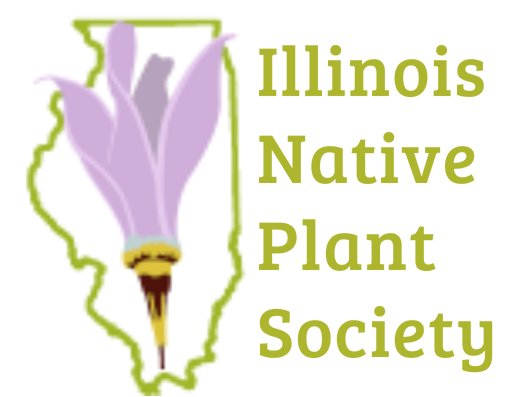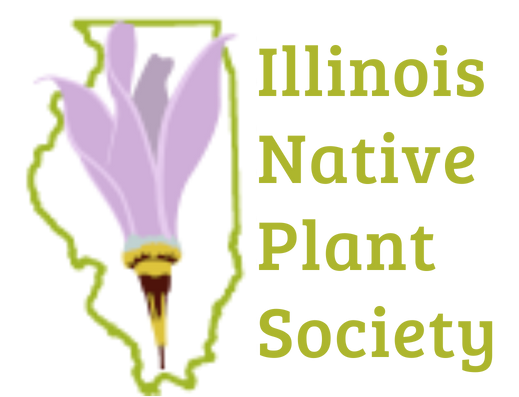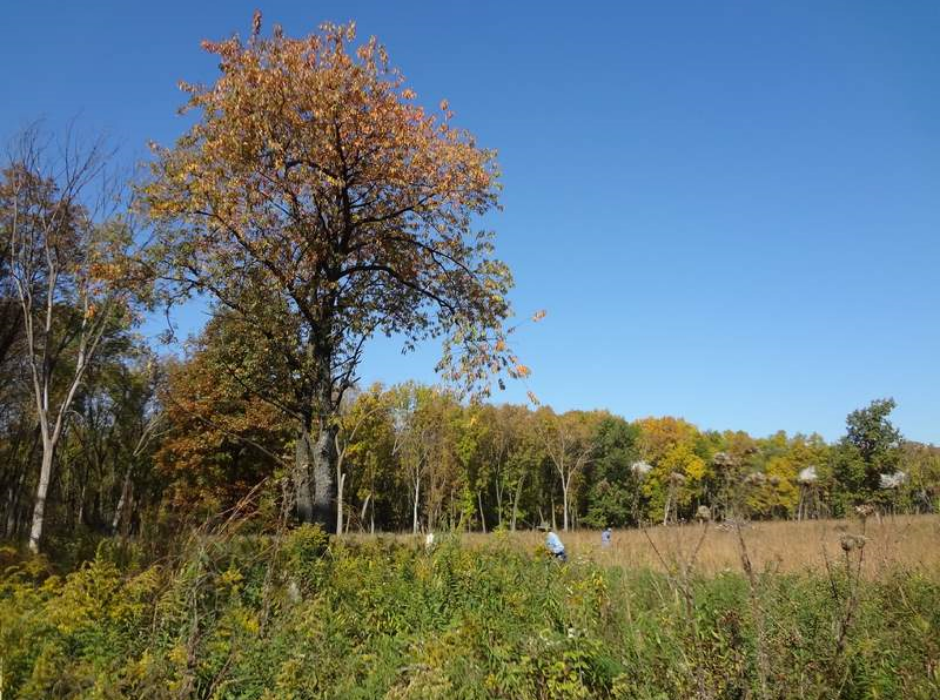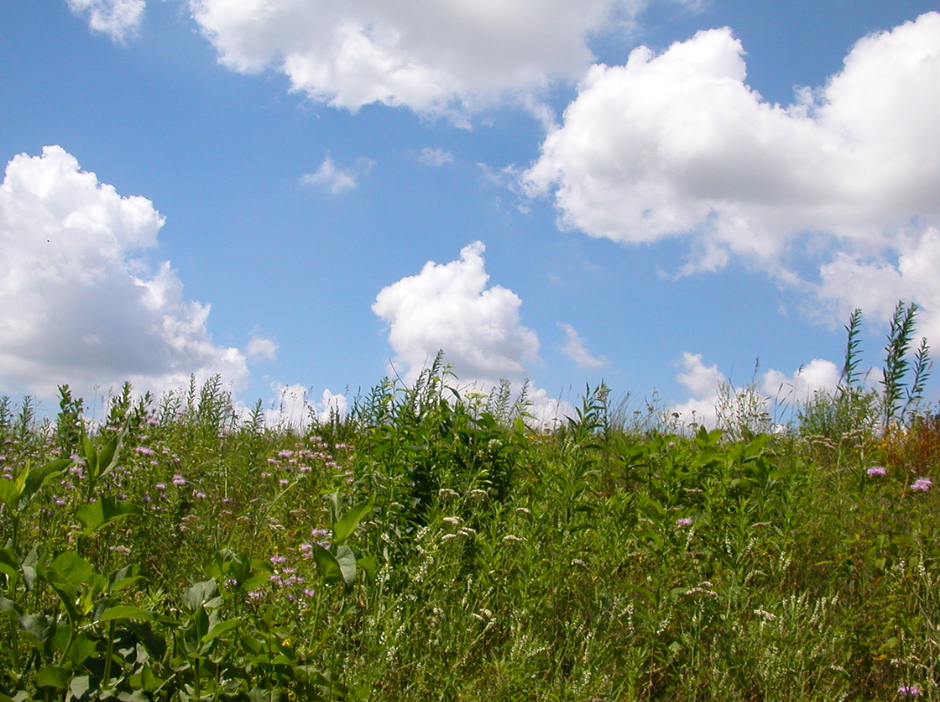An Overview of The Morton Arboretum Natural Areas Conservation Training Program
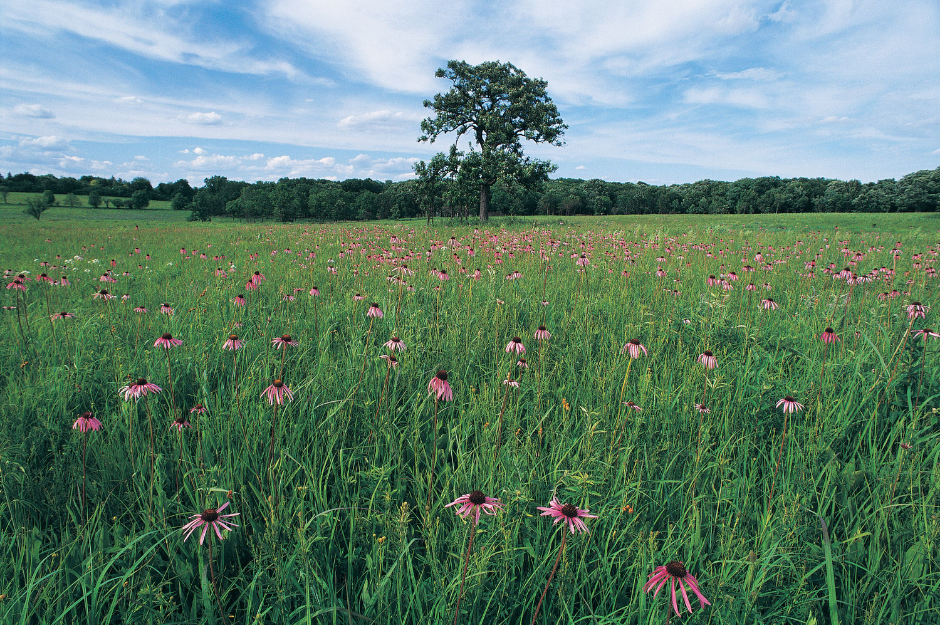
The Morton Arboretum is iconic for many reasons. And I’m not sure founder Joy Morton had any idea that his grand idea would evolve into an international center for tree research, centered in its labs and respected herbarium, almost 100 years later. In 1940, their first superintendent, Clarence Godschalk, hired teacher May Theilgaard Watts. May was an artist, author, and naturalist, famous for her books Reading the Landscape, Tree Finder, and many others. But she was most loved for her hands-on education and conservation work, including the establishment of the Prairie Path. One of my first classes at the Arboretum was with Jack Schouba, who taught us the “Know your oaks” song that May had taught him. Clarence also hired Ray Schulenberg to establish a “native planting” on the Arboretum grounds, which prairie is now named after Ray himself.
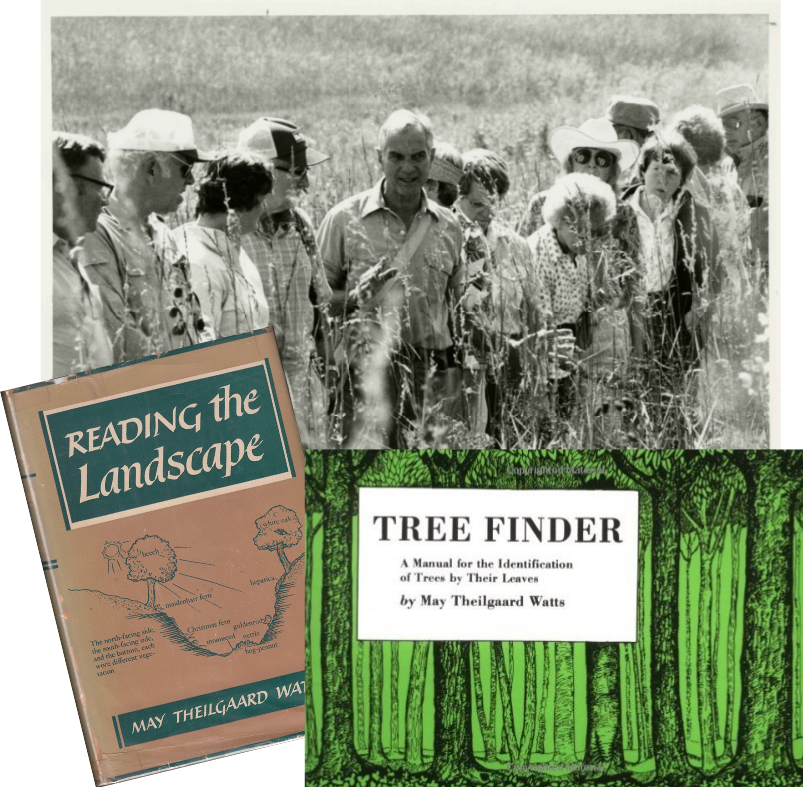
Between May and Ray, generations of naturalists developed a deep connection to our flora. And Ray, in partnership with botanist Floyd Swink, was also intimately involved in the development of several editions of a catalogue—Plants of the Chicago Region—of all the plants naturalized here in our preserves. And that in turn, inspired Dr. Gerould Wilhelm and Laura Rericha to write the encyclopedic Flora of the Chicago Region, which not only contains the plants but also many insects and other associated species.
This history underscores the strong foundation the Arboretum has provided for ongoing, essential work in understanding the complexity and value of our remnant landscapes, and helping us develop an ethic of stewardship for them. An influential group of natural areas advocates emerged from this community. But educational methods that worked in the past needed to be retooled for new audiences. In-person classes gave way to online programming or blended learning experiences.
As a graduate of their Scientific and Botanical Art Certificate at Morton in the early 2000s, and a natural areas steward at two sites since 2003, I wondered what would their new classes be like? Could I recommend them to our seasoned as well as new stewardship volunteers? So I signed up for the Natural Areas Conservation Training Program.
Dr. Megan Dunning, Manager of Adult Learning Programs, summarizes the program here:
The Natural Areas Conservation Training (N-ACT) Program, formerly known as the Woodland Stewardship Program, was established by The Morton Arboretum in 2008 as an in-depth training and certification program with the purpose of empowering regional volunteers and professionals to restore and manage our natural heritage. The role of volunteer leaders in the success of managing and restoring our natural areas has been proven throughout the Chicago region as well as in many other parts of the world. Supporting the health and conservation of the natural resources that support our communities and trees through empowering community leaders is an essential part of the Arboretum’s work.
In 2015, the program was retooled to offer both interactive online learning and hands-on experiences with experts in the field. With this change, we’ve seen a notable increase in learners from all over participating in the program. Through courses in forest, prairie, and wetland ecology, plant identification, invasive species management, and volunteer leadership, we see participants developing their skills as restoration leaders. Graduates have become site stewards, started grassroots environmental organizations, become elected Forest Preserve Commissioners, entered careers as restoration professionals, and written and advocated for restoration. Over 950 individuals have participated in classes in this program, while partnerships with volunteer organizations in Kane County, Cook County, Wisconsin, and Missouri, as well as a scholarship program for current volunteers through The Nature Conservancy have expanded the program’s reach far beyond the boundaries of the Arboretum.
So far I have completed eight classes in their program and found them excellent. There’s a level of depth in the links to each class’s additional resources that makes the program suitable for a range of interests and experience. Christopher David Benda, former president of INPS, teaches Botanical Names Demystified; and I loved seeing many familiar faces as part of our community of natural areas’ leaders featured in others. While I sometimes miss the casual social contact offered by in-person classes, I appreciate the opportunity to go through the program materials at my own pace, spend way less time in my car, and spend more time hands-on in natural areas with other volunteers.
Click here for more information about the Natural Areas Conservation Training (N-ACT) Program.
Online and in-person classes offered by The Morton Arboretum Natural Areas Conservation Training Program include:
- Introduction to the Natural Areas Conservation Training Program
- Basic Plant Identification
- Basic Tree Identification
- Native Plant Identification
- Invasive Plant Identification
- Woodland Ecology
- Plants of Wetlands
- Sedge Identification
- Applying Herbicides in Natural Areas
